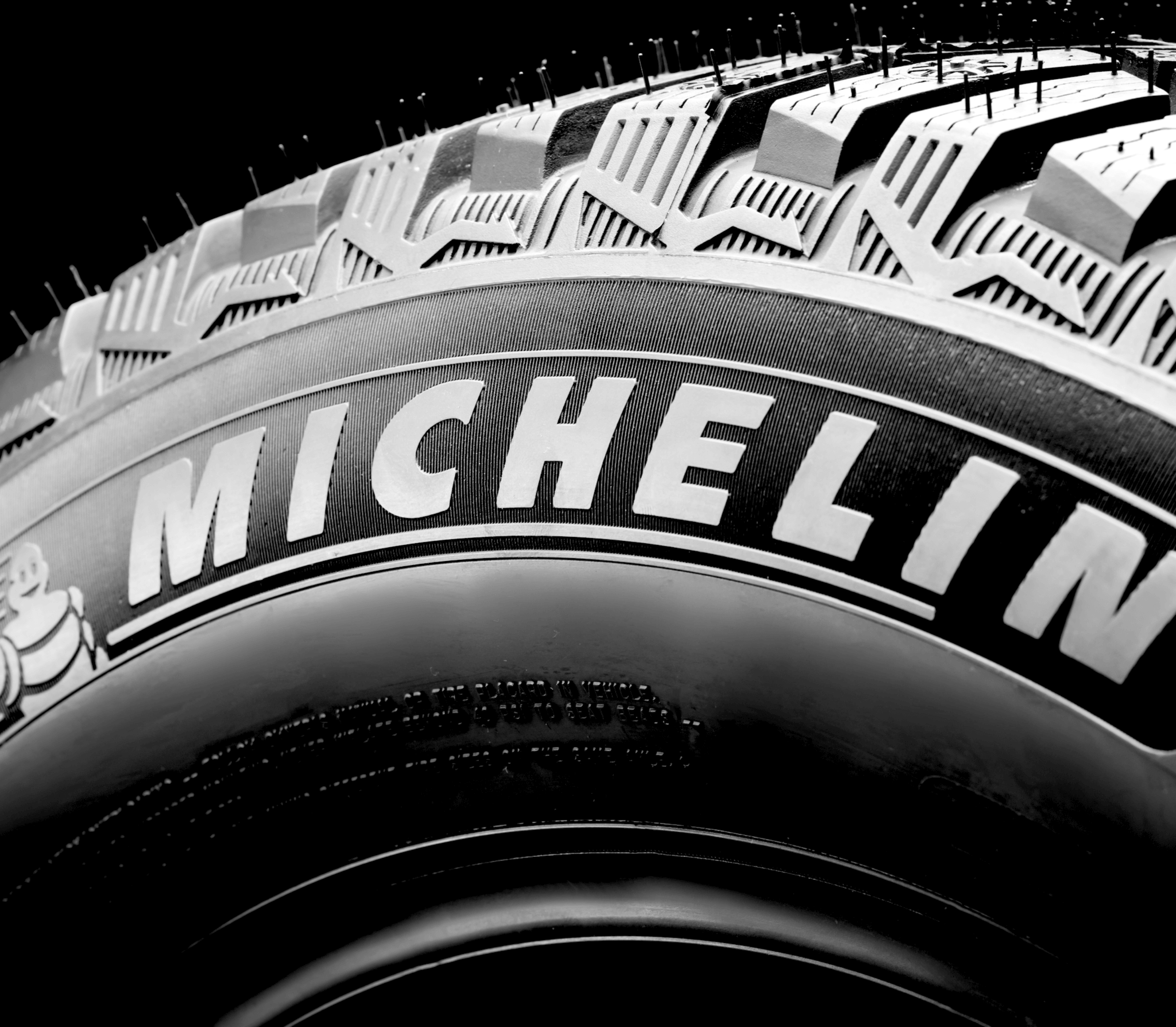Michelin’s attempts to standardise its tyre manufacturing processes had stifled creativity, initiative and accountability. In 2013, it launched a bottom-up experiment to decentralise, which it calls ‘responsibilisation’. The plant manager behind the project, Bertrand Ballarin, believed that if you wanted to unleash initiative, you needed to let people on the ground decide how to do it.
This is a fascinating case study example of managing change in a real-world setting that mirrors not just theoretical constructs of values-based change but best practice advice for change agents.
A values-based analysis of organisational culture sets up a paradoxical opposite (change one and you change both) relationship between ‘organising’ (focus on continuity) and ‘innovation’ (focus on change). All organisations find an equilibrium that defines a current state. The difficulty comes when that current state (organisational culture) is out of fit with future aspirations. This sets up a dichotomy of potential extremes – too much continuity creates inertia; too much change creates chaos. So organisations seek a ‘balance point’; a nice phrase but an evil concept.
Michelin found themselves with great plans and strategies (organising for continuity) but by so doing they had denuded the ability for their people to innovate (improvise change) – the best of intentions, but the worst of outcomes. This, in its own right, is a familiar refrain and experience suggests it portends an enthusiastic rush to ‘create’ more innovation – even worse “let’s have a metric to measure innovation.” Two points here, if they are not already obvious: i) trying to ‘overwhelm’ resistance (organising) by trying harder (more innovation) just builds in resistance to the change, and ii) ‘metrics’ are just more of the same ‘organising’ that reinforce the status quo.
The practical lessons here for change agents who find themselves in similar situations to that of Michelin are:
- Be very sure that you know what you have (what’s the story here?), before you rush to change it
- Understand the ‘law of unexpected consequences’ when considering paradoxical, values-driven, opposites
- If you are seeking to effect adaptive change, remove blockages to change in the opposite dimension, rather than trying to overpower it by loading up the dimension that you want to influence
For Michelin, and others seeking best practice, if you want to spread innovation throughout your organisation – find the ‘dark side’ of organising (e.g. excessive red tape, multiple layers of decision-making etc.) and remove these blockers. That will provide the ‘space’ for your people to expand (possibly with sensitive encouragement) the use of responsible initiative.


Comments are closed